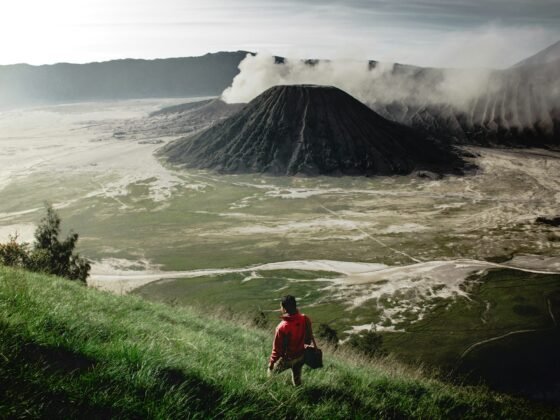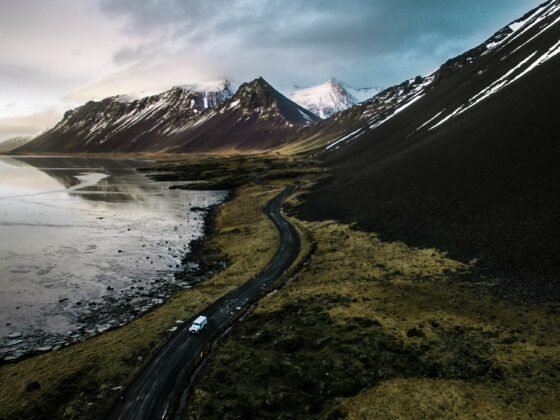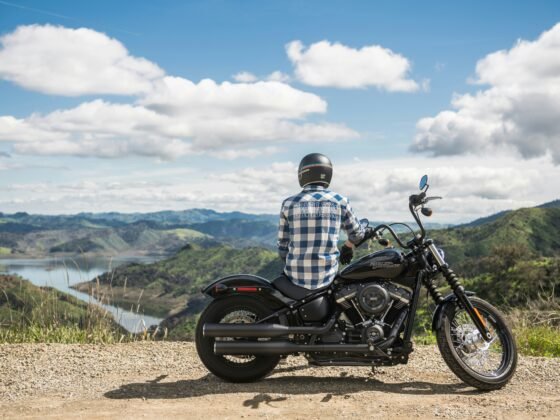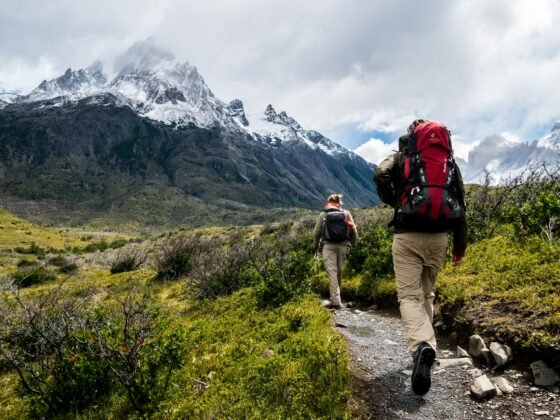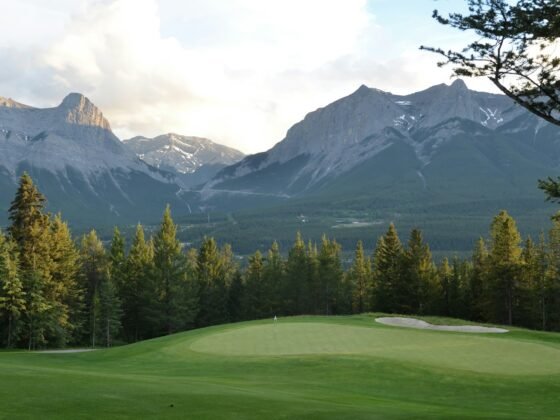
Choosing a tent may often be difficult, especially for beginners, due to the numerous options available today: from light summer tents to spacious winter shelters for a group of people. In addition, the shape, design features, dimensions, and materials from which the tent is made are also of decisive importance. Therefore, sometimes we may not know which tent we need for camping.
Among the popular options that many travelers often pay attention to is such a type as a canvas wall tent. These tents have several features and benefits that make them suitable for camping. At the same time, each model you can see in camping stores has its purpose.
For short summer trips of one to three days, a small light tent is usually enough, while there are much more requirements for a tent for winter camping with a group. That is why it is essential to know the main details you should check when choosing a tent to get what you need! So let’s consider what a wall tent is and its core features.
What Is A Wall Tent
One of the main differences between wall tents and more “traditional” models is the vertical, straight walls, which provide more headroom than standard pyramid-shaped tents. It makes wall tents attractive for many travelers, as comfort is often essential when staying in nature. It is especially true if you are camping for five to seven days or more. After all, standing inside the tent and not feeling constrained in movements is a great bonus that you can enjoy.
Thus, a wall tent is a type of shelter whose key feature is high, straight walls, while most tents are pyramid-shaped, which reduces the space inside.
How To Choose A Tent
Factors to pay attention to when choosing the best model among wall tents are mainly the same as picking a traditional tent. The first step to take is to decide on your needs.
- Are you planning to travel only in the summer during your vacation, or are you also interested in spring/fall/winter camping?
- Do you typically go on trips with friends, family members, and children, or solo?
- Are comfort and space inside critical to you, or are you considering a tent solely as a place to sleep?
- Do you prefer hiking and camping with a backpack on your shoulders or traveling by car?
- For you, camping is a way to spend time in nature or a necessity for other activities (e.g., fishing, hunting, various sports, traveling, etc.).
The answers to these questions will help you better understand which tent is right for you. After all, camping can be different, so it is worth buying a tent suitable for various trips. Thus, you should get the optimal model for your specific needs.
The Number Of People
The first detail is the number of people. If you do not know which option to choose because each of your trips differs, it is best to pick something universal, for example, a tent for 4-7 people.
It should be remembered here that shelters for three do not mean that everyone will be comfortable in such a tent. Keep in mind that everyone has their luggage so a 3-man tent can be comfortable for two people with luggage, but it can already be cramped for three. And it is something many people often forget about.
The advice is to determine how many people usually go camping with you and add +1. For example, if you often camp with a family and your group is three-four people, then the perfect option would be a tent for 4-5 people.
Interior Features
This is where wall tents have an advantage, as straight vertical walls give you more room to organize the space inside the tent.
Interior features may include several rooms, a division into sleeping and common areas, a place for luggage and equipment, a hall, etc. That is why it is essential to determine what type of camping you prefer first. For example:
- If you are just going on a camping trip to relax, then a tent with a division into rooms is a great option.
- If your camping is associated with outdoor activities (fishing, climbing, and other sports), it is better to choose a shelter that has a separate area where you can store your gear and equipment.
- If you are camping in the winter or fall, tents with spacious common areas are best, as you’ll likely spend more time inside with friends in freezing weather.
Materials & Ventilation
The next essential factor is materials. Ensure the tent is made from waterproof fabrics. Also, learn more about the fabric and whether it is tear resistant to avoid any issues in case of rain, snow, or hail.
Another point is wind resistance. It is better to get a tent that has metal poles (often used in extreme winter tents). Solid poles make your shelter resistant to strong winds and reduce the risk of breakage in thunderstorms, protecting you from bad weather.
It’s a good idea to take a tent with an “all-season” label. However, check the ventilation in such a tent to avoid overheating on hot summer days or to avoid the risk of carbon monoxide poisoning when using the stove in winter camping. The best option is tents with windows, fly and roof vents.
Dimensions & Weight
The last factor is dimensions and weight. And here the main question is whether you prefer to always get to the place by car or like backpacking camping more. In the first case, you can pay less attention to the dimensions while focusing more on the tent’s setting-up instructions to pick a convenient model. In the case of hiking camping, realistically evaluate your strength to understand whether you can carry such a tent on yourself on long hikes, so weight and dimensions are more critical than all other properties here.



